Portrait drawing – shadow and light
Giving a portrait drawing depth
If you draw a portrait, you first want to get eyes, nose and mouth in the right places. But then it’s good to be able to give the face depth. A three-dimensional effect can be achieved through shadow and light. The strength of the light/dark contrast, and where the light comes from, can make a lot of difference to the atmosphere of your drawing. Perhaps you can even think about the character of the person portrayed, and how to emphasize this through the use of light and shadow. In a heavily photoshopped portrait photograph in a glossy, it often seems that the light is coming from nowhere, or anywhere. They do this to reduce wrinkles and make the nose seem smaller. On the opposite side of the spectrum, a bad guy in a movie is dramatically lit from behind, full of contrast, or from below. To make a scary story even scarier, tell it with a torch under your chin.
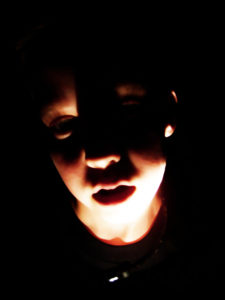

The skull behind the face
In een hoofd, achter een gezicht, zit een schedel. We denken er meestal (liever) niet over na, maar de vorm van ons gelaat is grotendeels het gevolg van de botstructuur eronder. Krijg je hier meer inzicht in dan begrijp je ook beter waarom gelaatstrekken er zo uitzien. Ogen zijn niet een soort amandelvormen met een zwarte stip erop, maar ballen, die slechts gedeeltelijk te zien zijn. De kin maakt deel uit van de onderkaak, die vast zit en scharniert vlak bij de oren. De wenkbrauwen bevinden zich bovenaan de oogkassen, en werpen als het ware een schaduw op de ogen. Het oogwit is daarom ook zelden echt wit. Het lichtste deel van het gezicht is meestal de neus, want die steekt uit, en daar valt het licht op.
In a head, behind a face, is a skull. We usually do not (like to) think about it, but the shape of our face is largely the result of the bone structure underneath. If you gain more insight into this then you also understand better why facial features look like this. Eyes are not a kind of almond shapes with a black dot on them, but balls, which can only be partially seen. The chin is part of the lower jaw, which is attached to, and hinges close to the ears. The eyebrows are at the top of the eye sockets, and cast a shadow on the eyes, as it were. The whites of the eyes are therefore rarely really white. The lightest part of the face is usually the nose, because it protrudes, and the light falls on it.
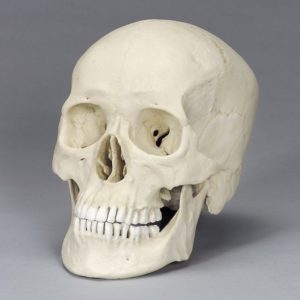
An exercise to learn to draw portraits
Als je een mens van vlees en bloed gaat tekenen, of een foto, raak je snel afgeleid van de licht/donker werking door de kleuren die je ziet. Daarom is het een goede, klassieke, oefening om een Oud Grieks of Romeins gebeeldhouwd portret na te tekenen. De kleur van het steen is overal hetzelfde, en de anatomie klopt perfect. Nu is pas echt goed te zien waar het licht valt, en waar de schaduw. Hier een paar voorbeelden uit de portretcursus voor volwassenen:
If you are going to draw a person of flesh and blood, or a color photograph, you quickly get distracted from the shades of dark and light by the colors you see. That is why it is a good, classic exercise to draw an Ancient Greek or Roman sculpted portrait. The color of the stone is the same everywhere, and the anatomy is perfect. Now it is really easy to see where the light falls, and where the shadow. Here are a few examples from the portrait course for adults:
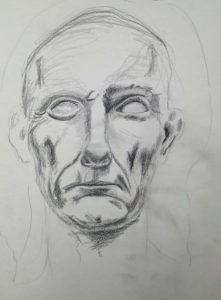

For al lot of people it’s quite hard to learn to control all shades of light grey to deep black with their pencil. Either they think too much in black and white (and no in betweens), or they have yet to discover how to adjust the pressure on the pencil, and use hatching, for soft transitions. Of course the softness of the pencil makes a difference too; it’s impossible to get a real black with an H pencil. To practice seeing light and shadow, and the technique of shading, this is a great exercise.




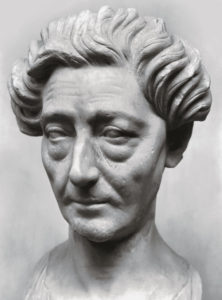
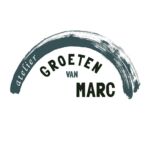

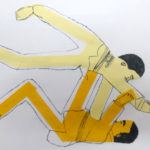

share this post